Hi there, pet lovers! 🦎
Reptile lovers are always on the lookout for unique, low-maintenance pets that stand out from the crowd. While leopard geckos and crested geckos dominate the spotlight, Cave Geckos (Goniurosaurus spp.) offer an equally fascinating—and often overlooked—alternative. These small, eyelid-bearing geckos boast striking patterns, hardy temperaments, and manageable care requirements, making them a fantastic choice for both beginners and experienced keepers.
In this detailed review, we’ll explore everything you need to know about Cave Geckos, from their natural habitat and temperament to enclosure setup, diet, and breeding. Whether you’re considering your first gecko or looking to expand your collection, this guide will help you decide if a Cave Gecko is the right pet for you.
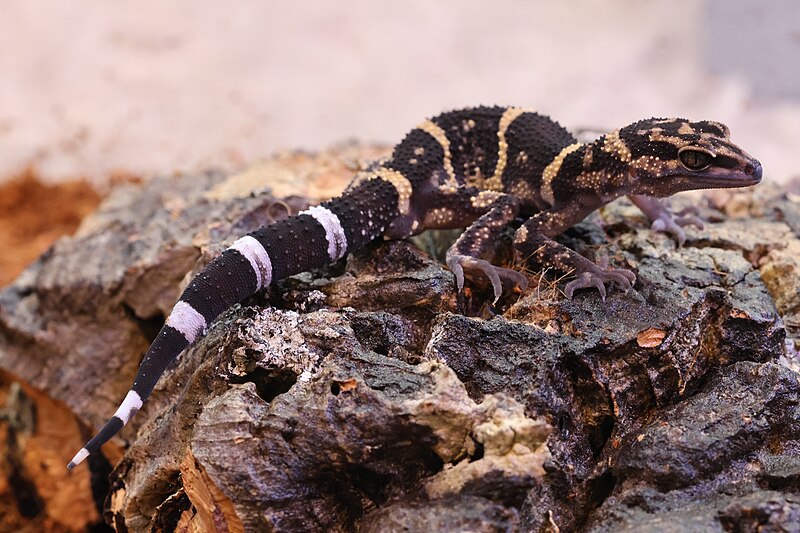
Overview
Cave Geckos (Goniurosaurus spp.) are small, terrestrial lizards native to East Asia, including regions of China, Vietnam, and Japan. Known for their striking banded patterns, velvety skin, and movable eyelids, these geckos are a favorite among reptile enthusiasts who appreciate their unique appearance and docile nature.
Here’s a quick summary of what makes them special:
- Handling & Temperament: Generally calm but can be skittish; best suited for gentle handling.
- Care & Maintenance: Low-maintenance but require specific humidity and temperature conditions.
- Health & Durability: Hardy when kept in proper conditions; sensitive to dehydration.
- Availability: Less common than leopard or crested geckos but obtainable through breeders.
- Cost: Moderately priced, with some rare morphs fetching higher prices.
- Overall: An excellent choice for keepers who want a unique, visually striking gecko with straightforward care needs.
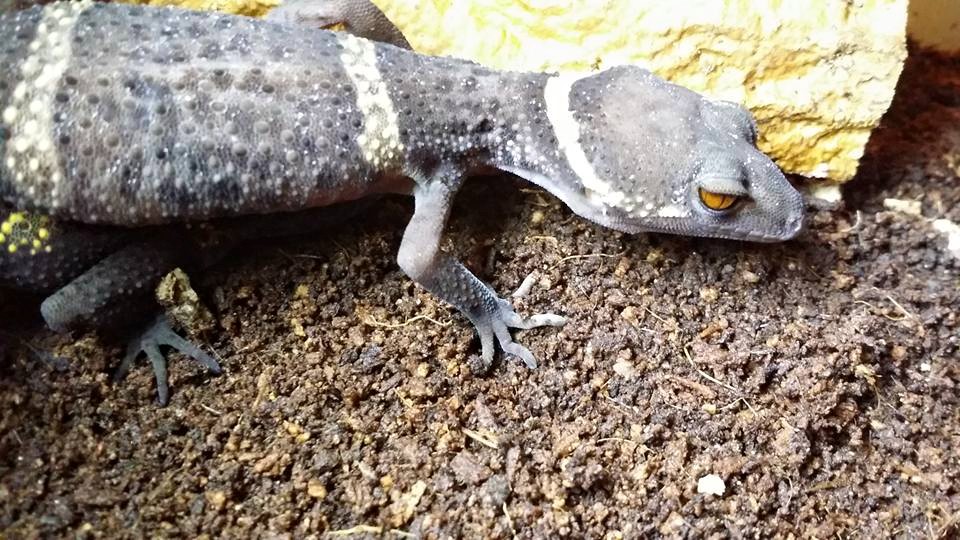
Why Choose a Cave Gecko?
Cave Geckos are ideal for reptile enthusiasts who want something different yet manageable. Unlike arboreal geckos (like crested geckos), they are ground-dwelling, making their enclosure setup simpler. Their stunning patterns—ranging from bold black-and-yellow bands to deep reds and oranges—make them one of the most visually appealing geckos available.
Additionally, their small size (5-8 inches), long lifespan (15-20 years), and nocturnal nature make them perfect for apartment living or those with limited space.
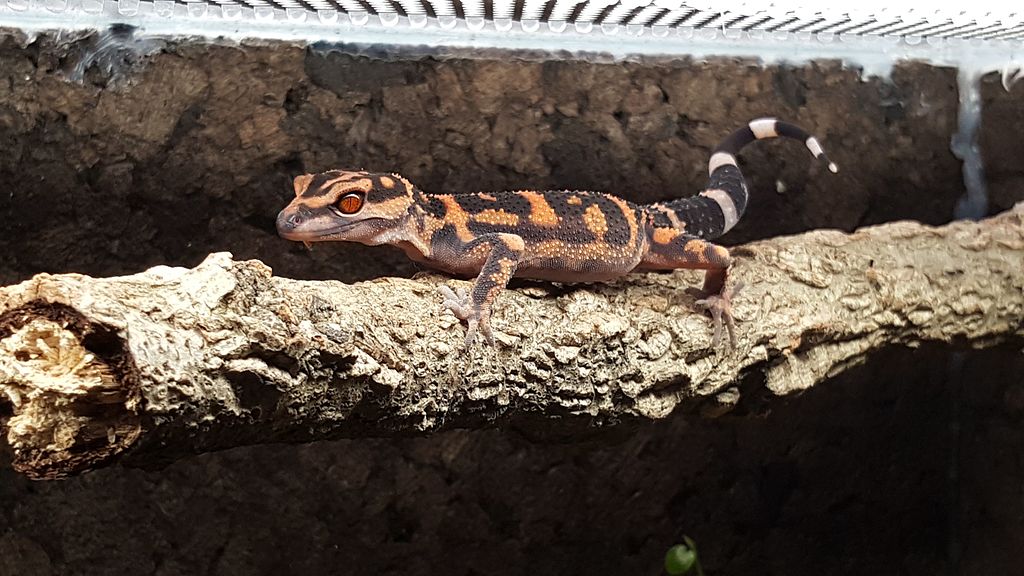
Handling and Temperament
Cave Geckos are generally calm but can be nervous when first acquired. With regular, gentle handling, they often become more tolerant over time. However, they are not as naturally social as leopard geckos and may prefer observation over frequent interaction.
Personality Traits
- Some individuals are bold and curious, while others are more reserved and shy.
- Unlike crested geckos, they do not drop their tails as readily, making them slightly less fragile.
- They may hiss or vocalize if stressed, but they rarely bite.
Handling Tips
- Start slow—let them adjust to their new environment before handling.
- Support their body fully to prevent stress or jumping.
- Avoid handling after feeding to prevent regurgitation.
- Supervise children when interacting, as rough handling can stress them.
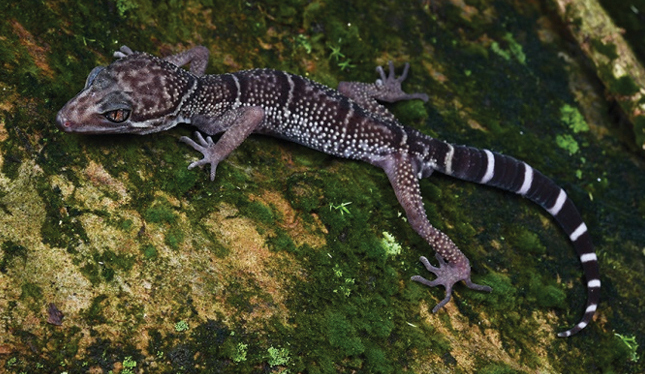
Care and Maintenance
Cave Geckos are low-maintenance but require specific conditions to thrive. Below is a breakdown of their care needs.
Enclosure Setup
- Tank Size: A 20-gallon long tank is ideal for one adult.
- Substrate: A mix of coconut fiber, topsoil, and sand works well. Avoid loose substrates for juveniles.
- Hides & Decor: Provide multiple hides (warm & cool sides), cork bark, and flat rocks for climbing.
- Humidity: Maintain 60-70% humidity with daily misting and a humid hide.
Temperature & Lighting
- Daytime Temp: 75-80°F (24-27°C) on the warm side, 70-75°F (21-24°C) on the cool side.
- Nighttime Temp: Can drop to 65-70°F (18-21°C).
- Heating: Use an under-tank heater (UTH) or low-wattage heat mat with a thermostat.
- Lighting: No UVB required (but beneficial), as they are nocturnal.
Feeding & Diet
- Primary Diet: Gut-loaded insects (crickets, dubia roaches, mealworms).
- Supplements: Dust food with calcium + D3 2-3 times a week.
- Feeding Schedule: Offer food every 2-3 days for adults, daily for juveniles.
- Water: Provide a shallow dish and mist the enclosure for hydration.
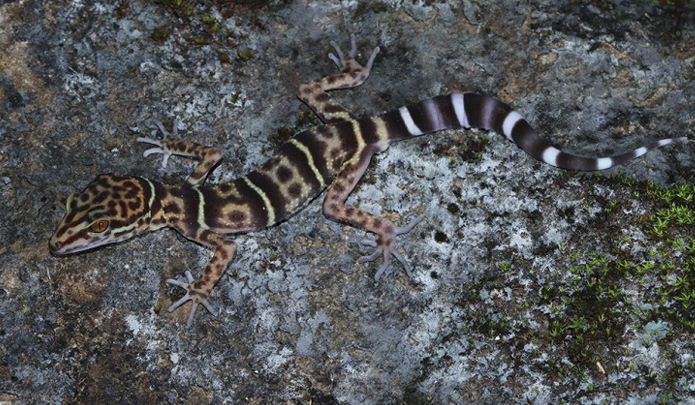
Health and Durability
Cave Geckos are generally hardy but can develop health issues if their environment is not properly maintained.
Common Health Issues
- Dehydration: Caused by low humidity; ensure proper misting.
- Stuck Shed: Provide a humid hide to assist with shedding.
- Parasites: More common in wild-caught specimens; quarantine new geckos.
- Impaction: Avoid loose substrates for juveniles.
Preventative Care
- Regularly clean the enclosure to prevent bacterial growth.
- Monitor weight to ensure they are eating properly.
- Provide a varied diet to prevent nutritional deficiencies.
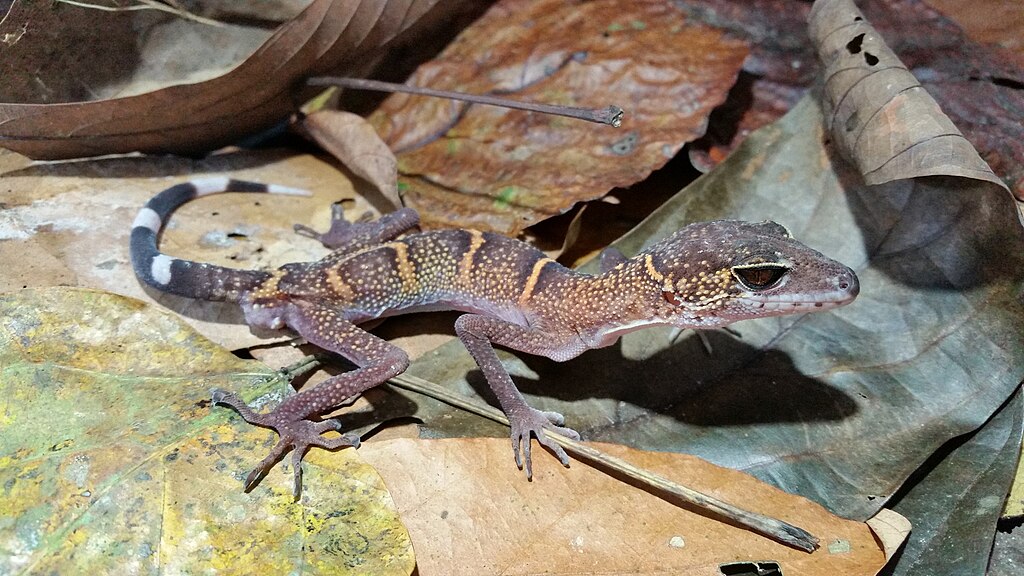
Availability and Cost
Cave Geckos are not as common as leopard or crested geckos, but they are readily available from specialized breeders and reptile expos.
Where to Buy
- Reputable Breeders (Best for healthy, captive-bred specimens).
- Reptile Expos (Great for seeing multiple species in person).
- Online Stores (Ensure they have good reviews).
Cost Breakdown
- Gecko Price: $100–$300, depending on species and morph.
- Enclosure Setup: $150–$300 (tank, heating, substrate, hides).
- Ongoing Costs: $10–$20/month (food, supplements).
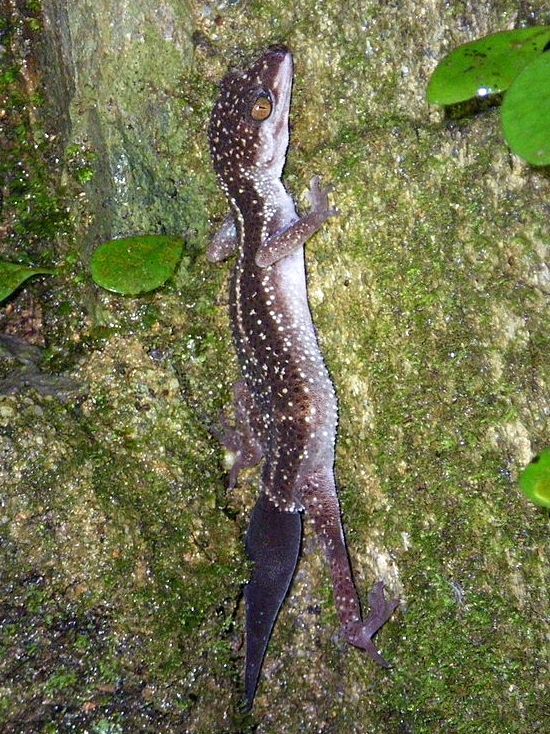
Pros and Cons
Pros
✅ Stunning appearance with unique patterns.
✅ Low-maintenance compared to many reptiles.
✅ Long lifespan (15-20 years with proper care).
✅ Nocturnal, making them active in the evenings.
✅ Does not require UVB (though it can be beneficial).
Cons
❌ Less handleable than leopard geckos.
❌ Requires consistent humidity monitoring.
❌ Not as readily available as more common geckos.
❌ Can be shy, preferring observation over handling.
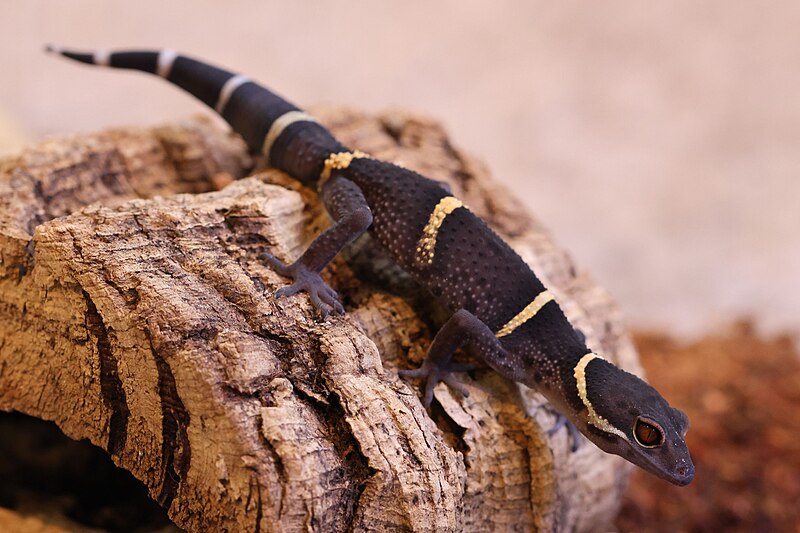
Final Thoughts
Cave Geckos are a fantastic choice for reptile keepers who want a visually striking, low-maintenance pet that stands out from the usual options. While they may not be as interactive as some other geckos, their unique beauty, hardy nature, and manageable care make them a rewarding species to keep.
If you’re looking for a gecko that’s both exotic and easy to care for, the Cave Gecko might just be the perfect fit.
Have you kept a Cave Gecko before? Share your experiences in the comments!
For more reptile care guides and species reviews, stay tuned to our blog and subscribe to our newsletter! 🦎

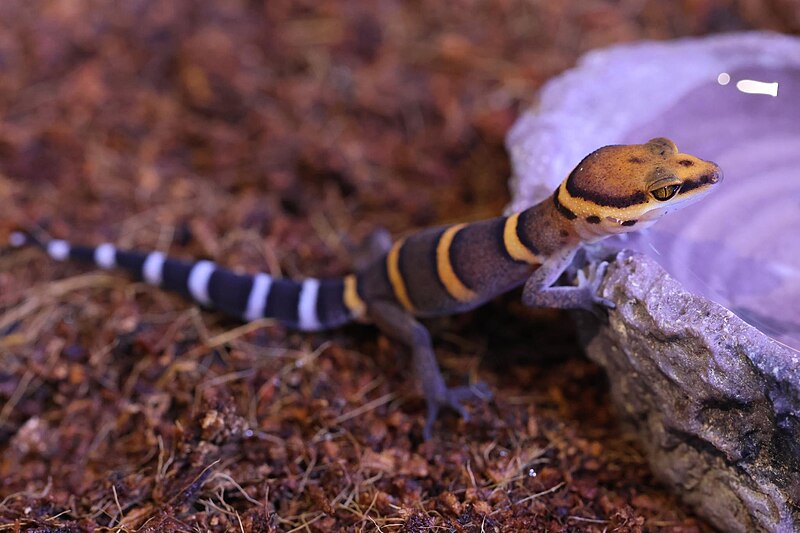

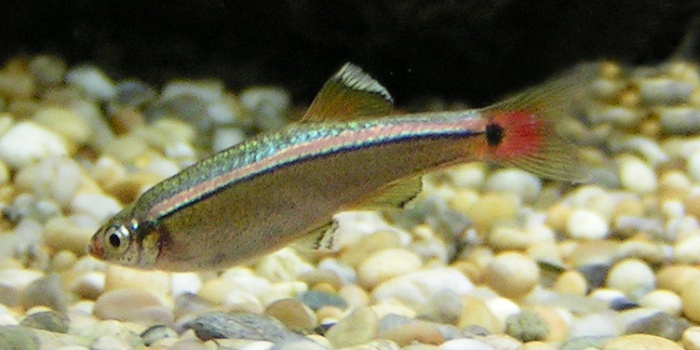
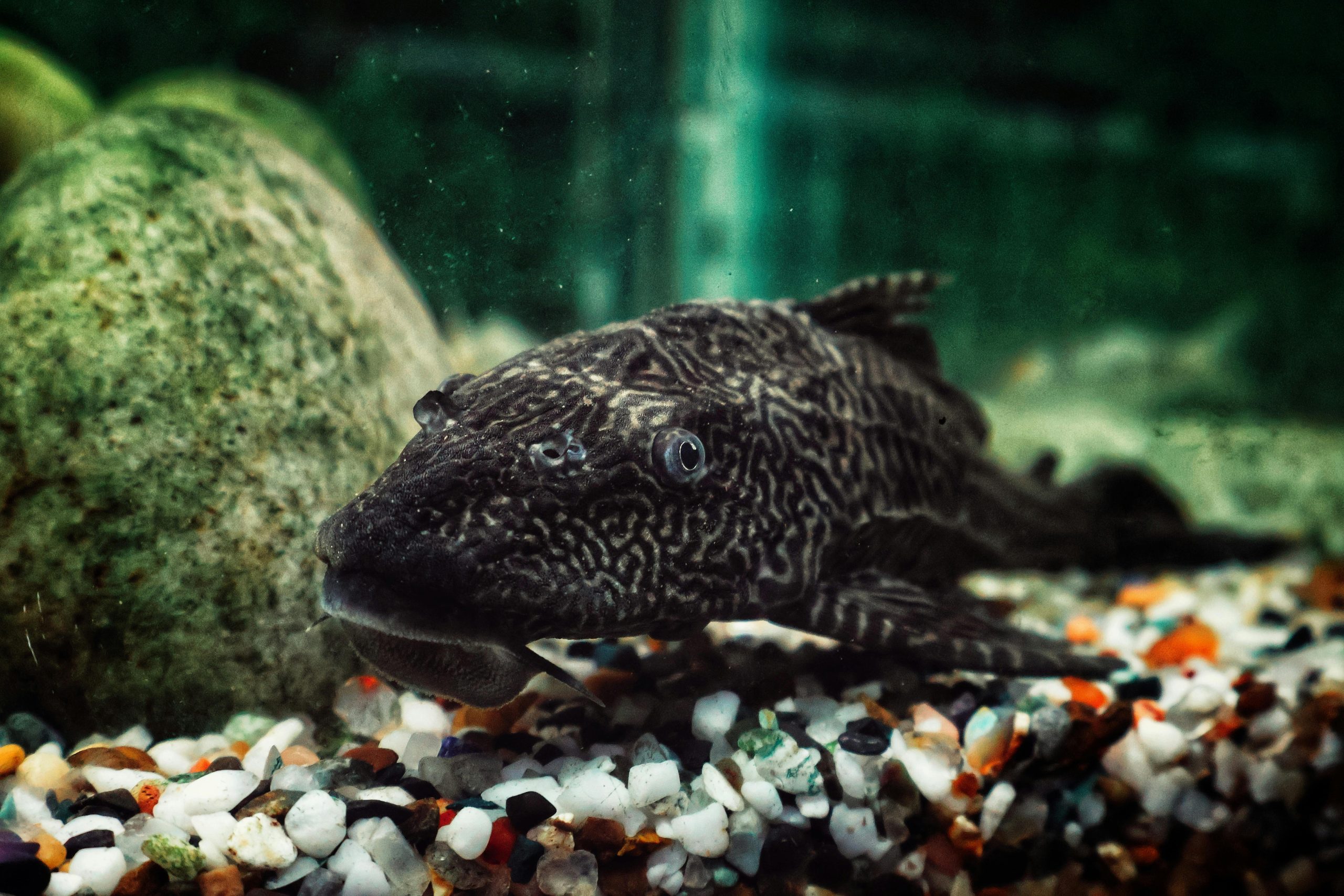
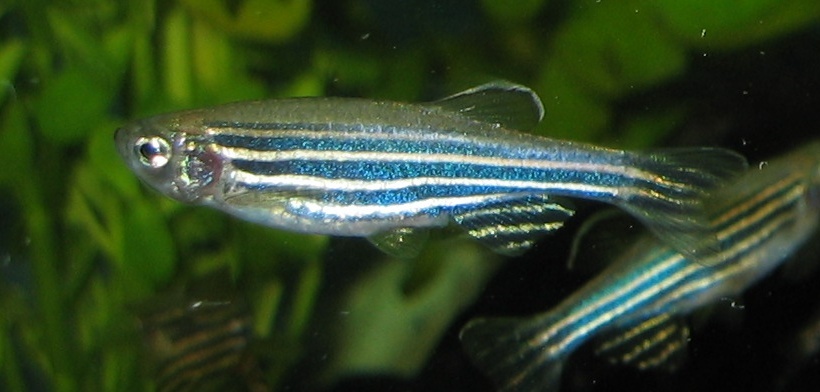
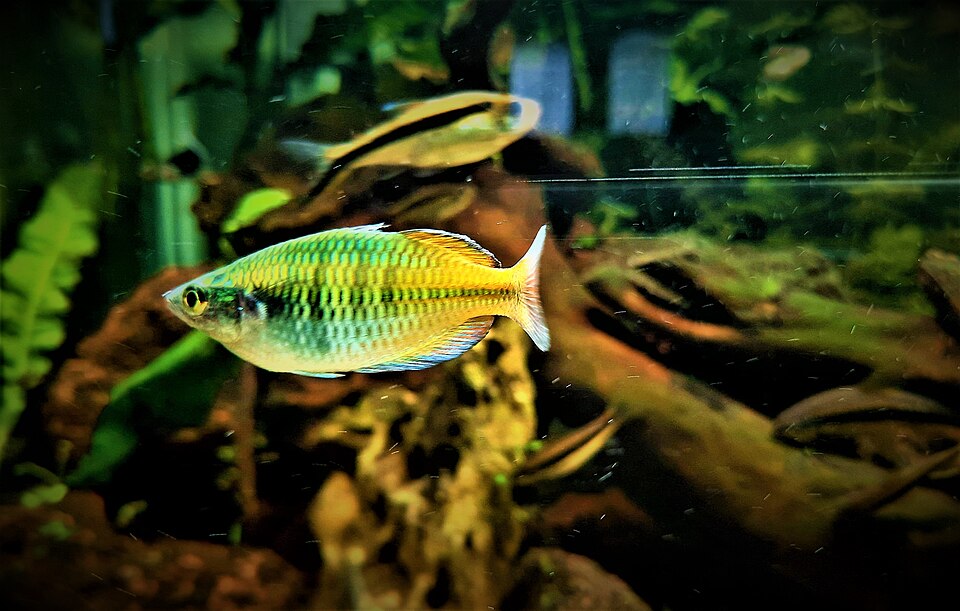
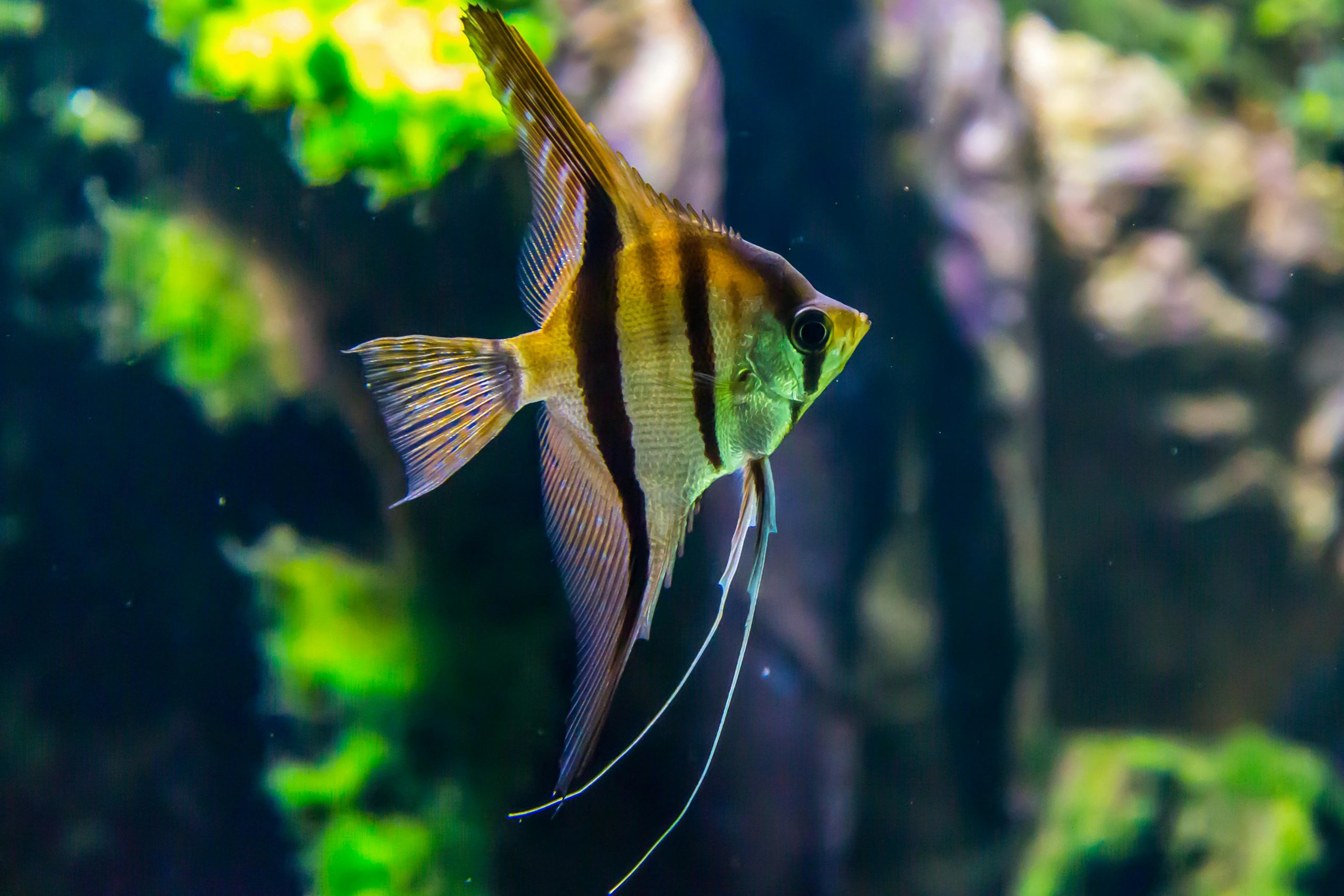
Leave a Reply